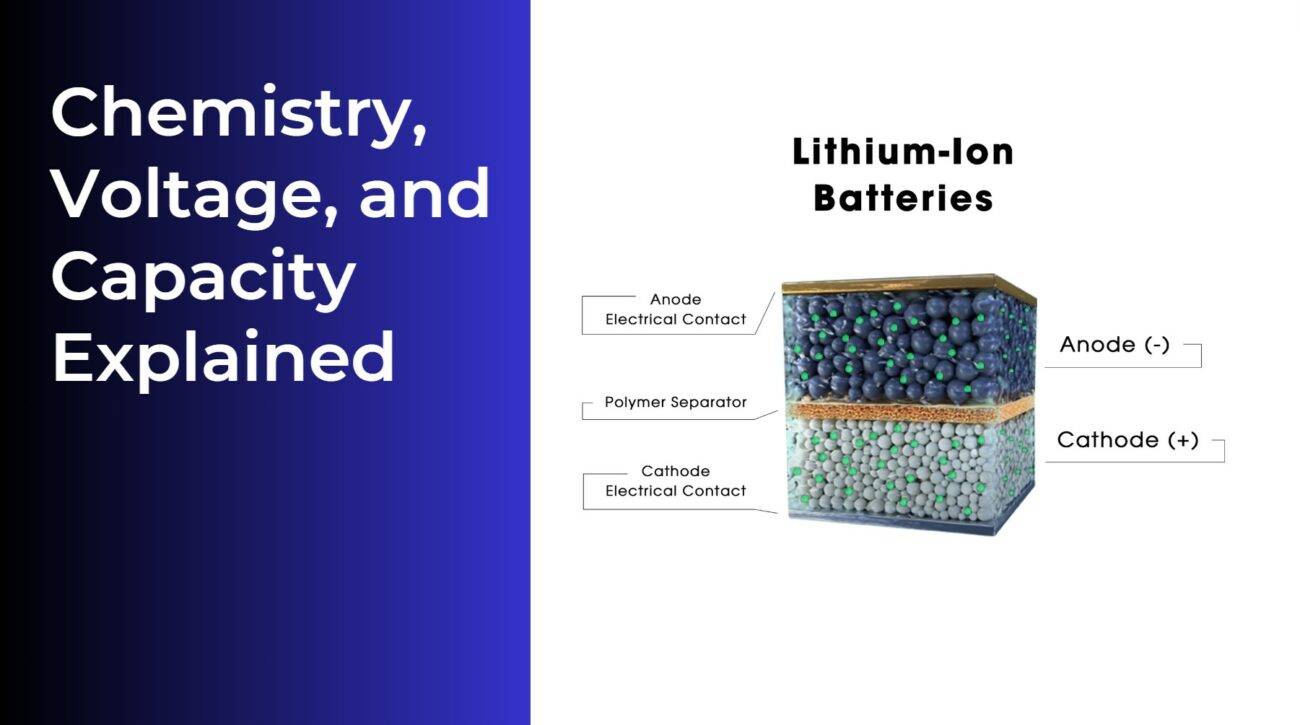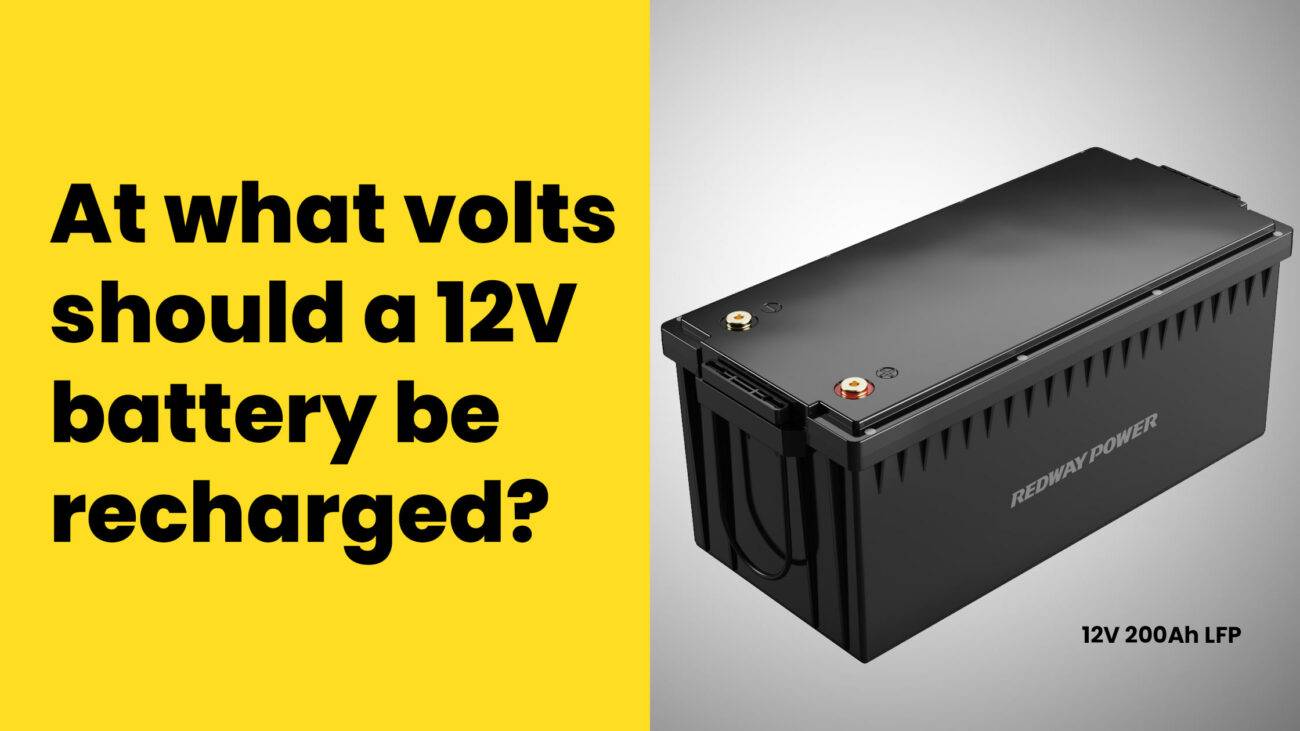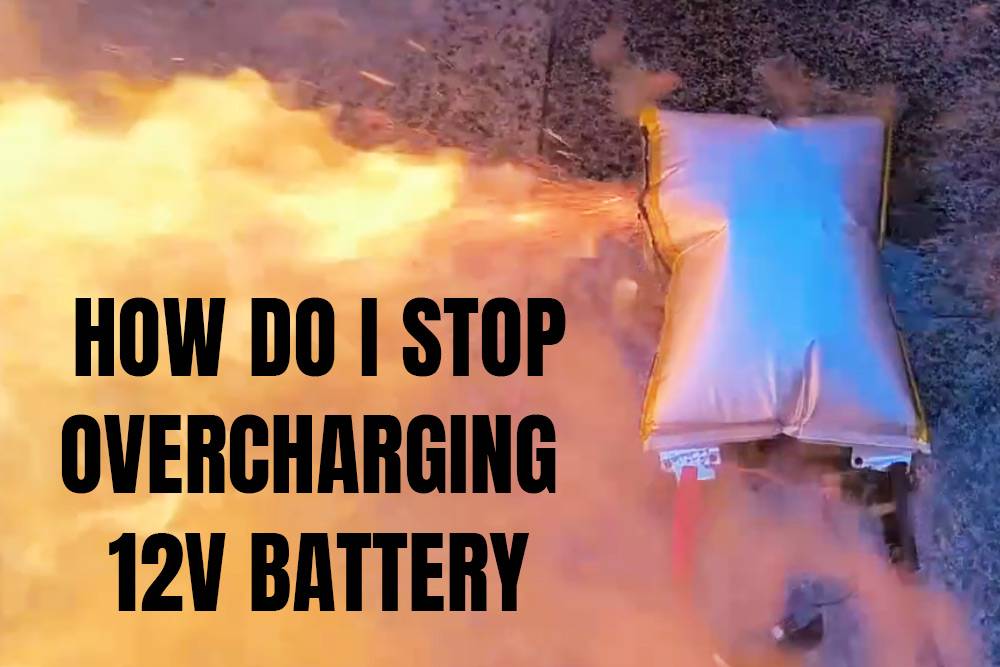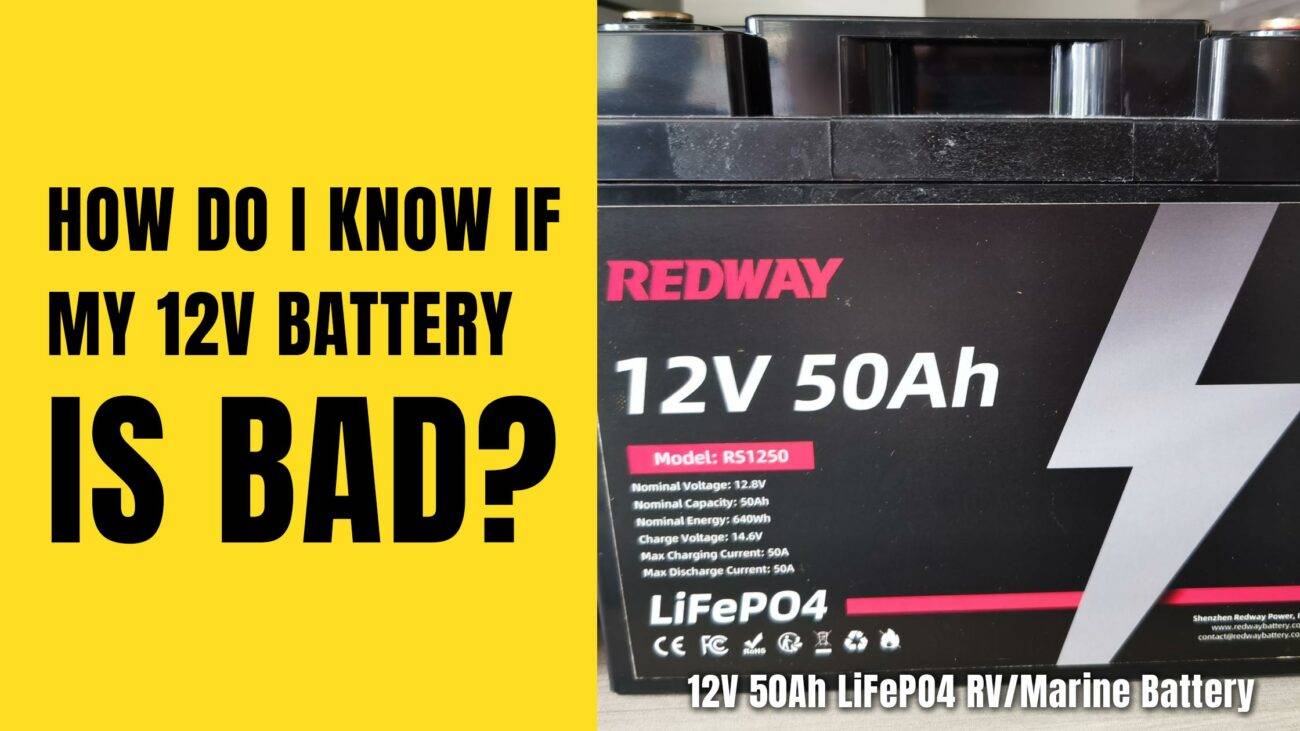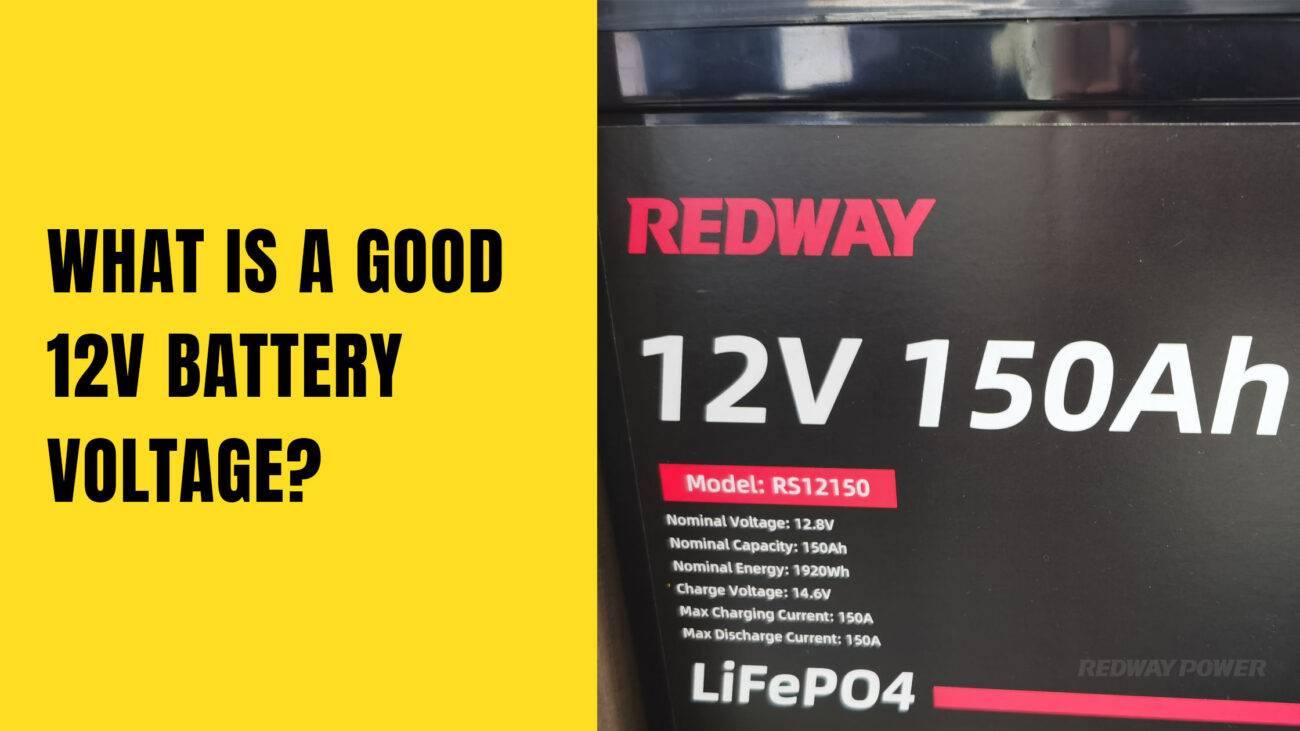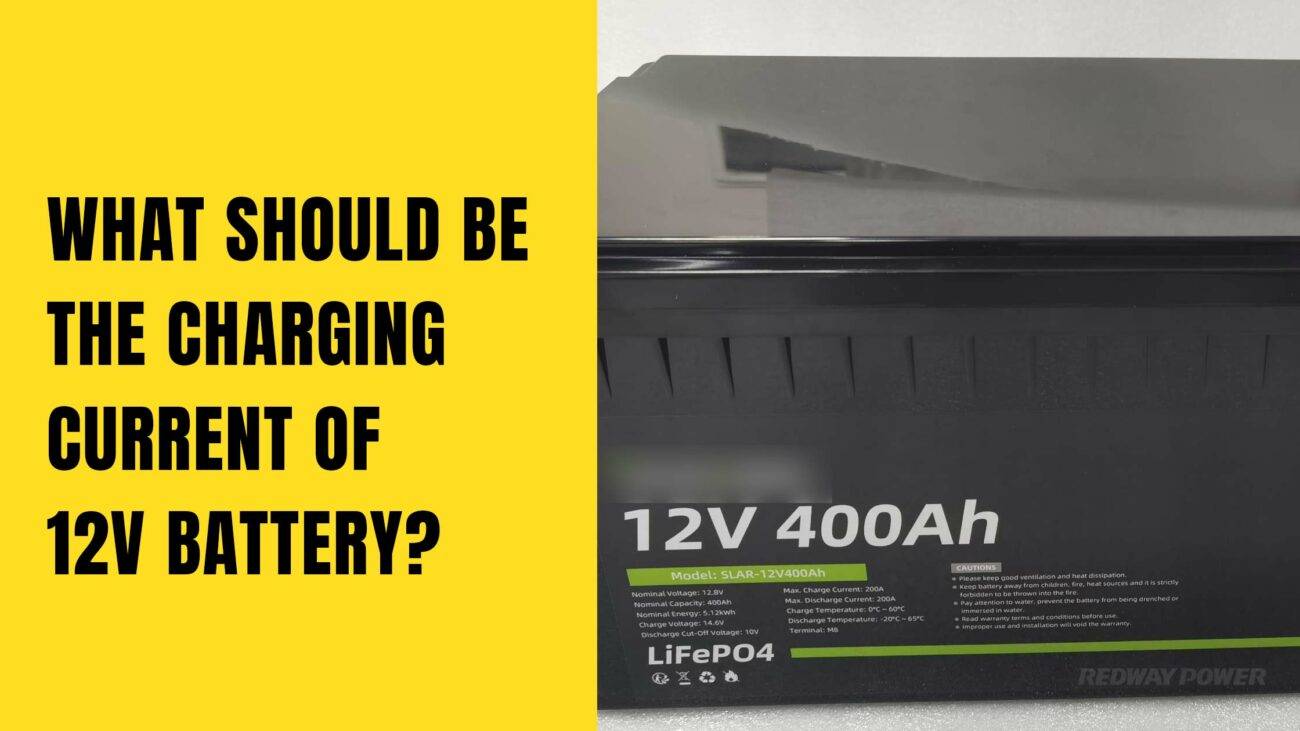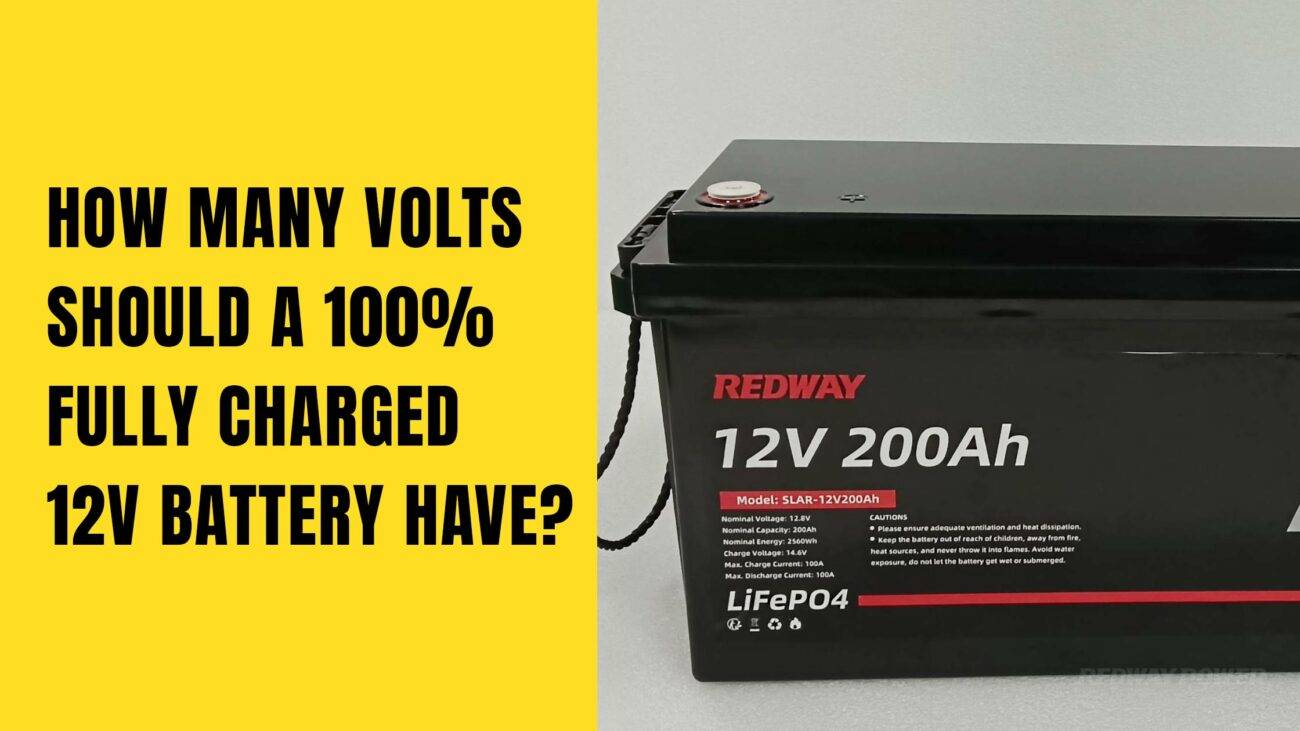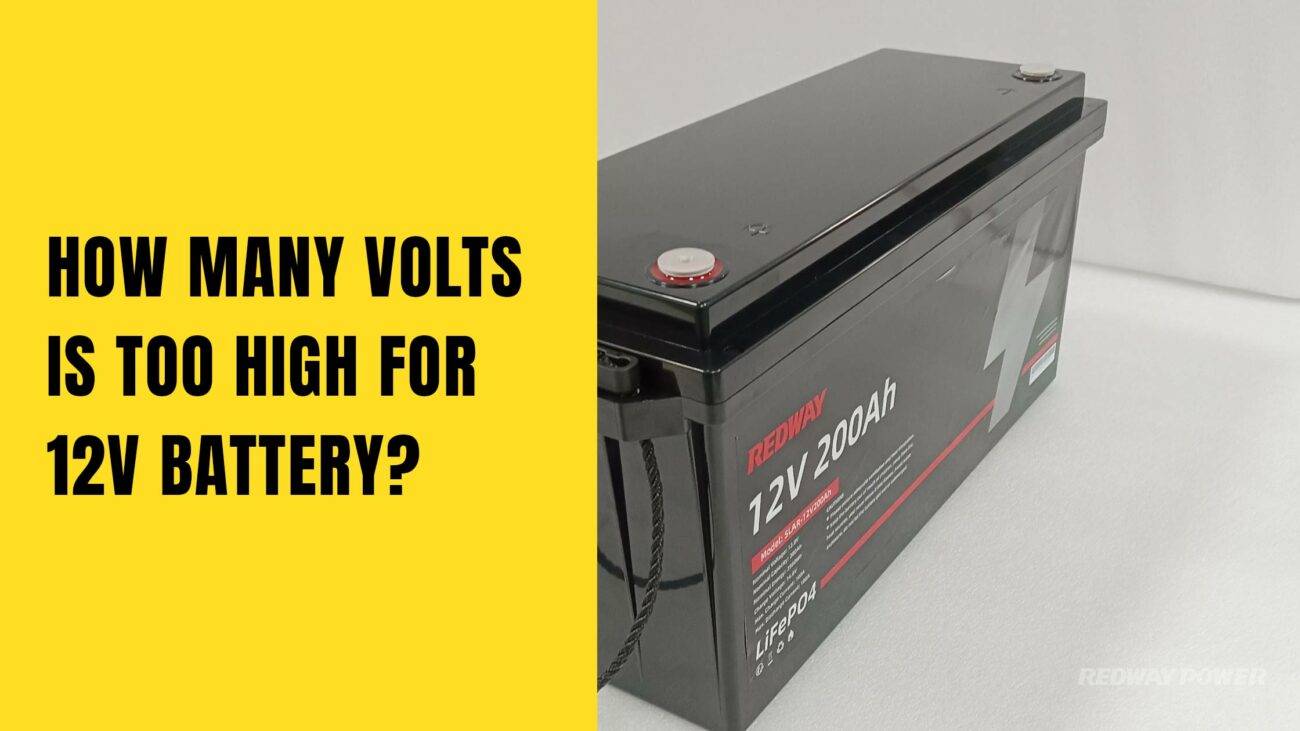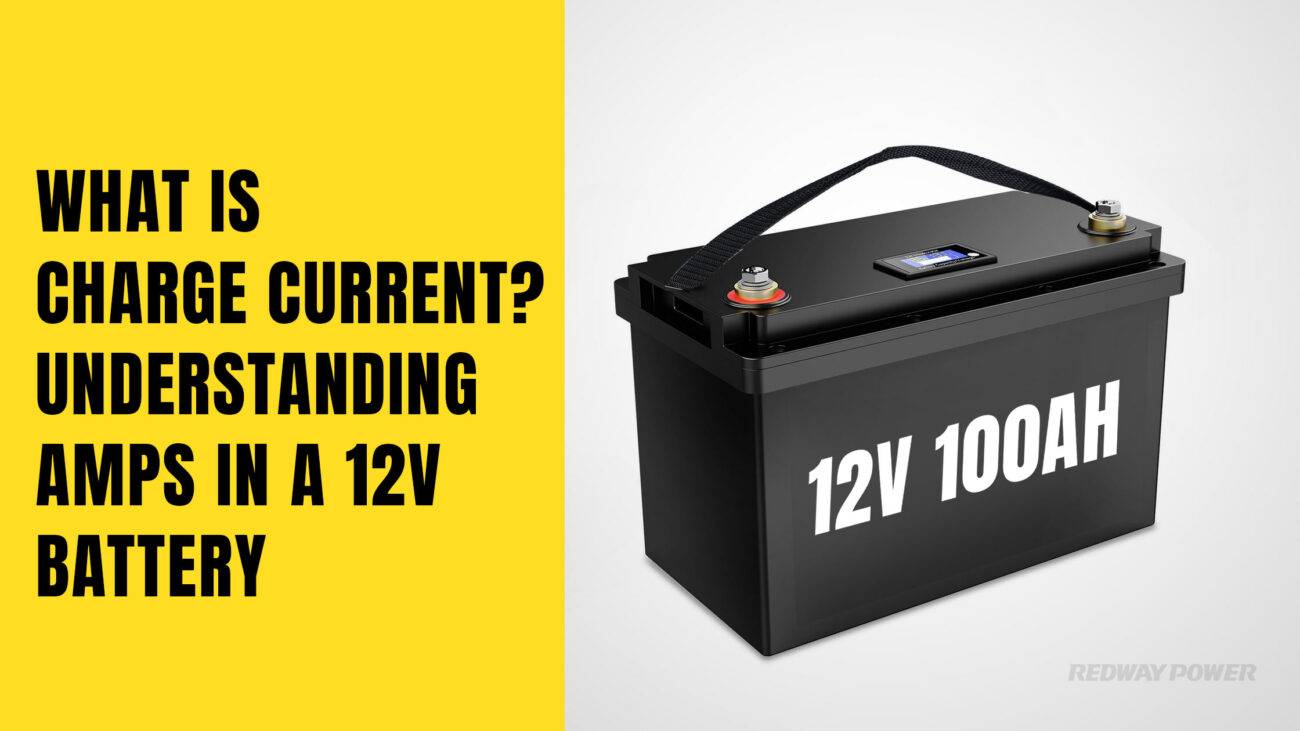- Forklift Lithium Battery
-
48V
- 48V 210Ah
- 48V 300Ah
- 48V 420Ah (949 x 349 x 569 mm)
- 48V 420Ah (950 x 421 x 450 mm)
- 48V 456Ah
- 48V 460Ah (830 x 630 x 590 mm)
- 48V 460Ah (950 x 421 x 450 mm)
- 48V 460Ah (800 x 630 x 600 mm)
- 48V 460Ah (820 x 660 x 470 mm)
- 48V 500Ah
- 48V 560Ah (810 x 630 x 600 mm)
- 48V 560Ah (950 x 592 x 450 mm)
- 48V 600Ah
- 48V 630Ah
-
48V
- Lithium Golf Cart Battery
- 12V Lithium Battery
12V 150Ah Lithium RV Battery
Bluetooth App | BCI Group 31
LiFePO4 Lithium
Discharge Temperature -20°C ~ 65°C
Fast Charger 14.6V 50A
Solar MPPT Charging - 24V Lithium Battery
- 36V Lithium Battery
- 48V Lithium Battery
-
48V LiFePO4 Battery
- 48V 50Ah
- 48V 50Ah (for Golf Carts)
- 48V 60Ah (8D)
- 48V 100Ah (8D)
- 48V 100Ah
- 48V 100Ah (Discharge 100A for Golf Carts)
- 48V 100Ah (Discharge 150A for Golf Carts)
- 48V 100Ah (Discharge 200A for Golf Carts)
- 48V 150Ah (for Golf Carts)
- 48V 160Ah (Discharge 100A for Golf Carts)
- 48V 160Ah (Discharge 160A for Golf Carts)
-
48V LiFePO4 Battery
- 60V Lithium Battery
-
60V LiFePO4 Battery
- 60V 20Ah
- 60V 30Ah
- 60V 50Ah
- 60V 50Ah (Small Size / Side Terminal)
- 60V 100Ah (for Electric Motocycle, Electric Scooter, LSV, AGV)
- 60V 100Ah (for Forklift, AGV, Electric Scooter, Sweeper)
- 60V 150Ah (E-Motocycle / E-Scooter / E-Tricycle / Tour LSV)
- 60V 200Ah (for Forklift, AGV, Electric Scooter, Sweeper)
-
60V LiFePO4 Battery
- 72V~96V Lithium Battery
- Rack-mounted Lithium Battery
- E-Bike Battery
- All-in-One Home-ESS
- Wall-mount Battery ESS
-
Home-ESS Lithium Battery PowerWall
- 24V 100Ah 2.4kWh PW24100-S PowerWall
- 48V 50Ah 2.4kWh PW4850-S PowerWall
- 48V 50Ah 2.56kWh PW5150-S PowerWall
- 48V 100Ah 5.12kWh PW51100-F PowerWall (IP65)
- 48V 100Ah 5.12kWh PW51100-S PowerWall
- 48V 100Ah 5.12kWh PW51100-H PowerWall
- 48V 200Ah 10kWh PW51200-H PowerWall
- 48V 300Ah 15kWh PW51300-H PowerWall
PowerWall 51.2V 100Ah LiFePO4 Lithium Battery
Highly popular in Asia and Eastern Europe.
CE Certification | Home-ESS -
Home-ESS Lithium Battery PowerWall
- Portable Power Stations
What Voltage Indicates a Low Charge in a 12V Battery?
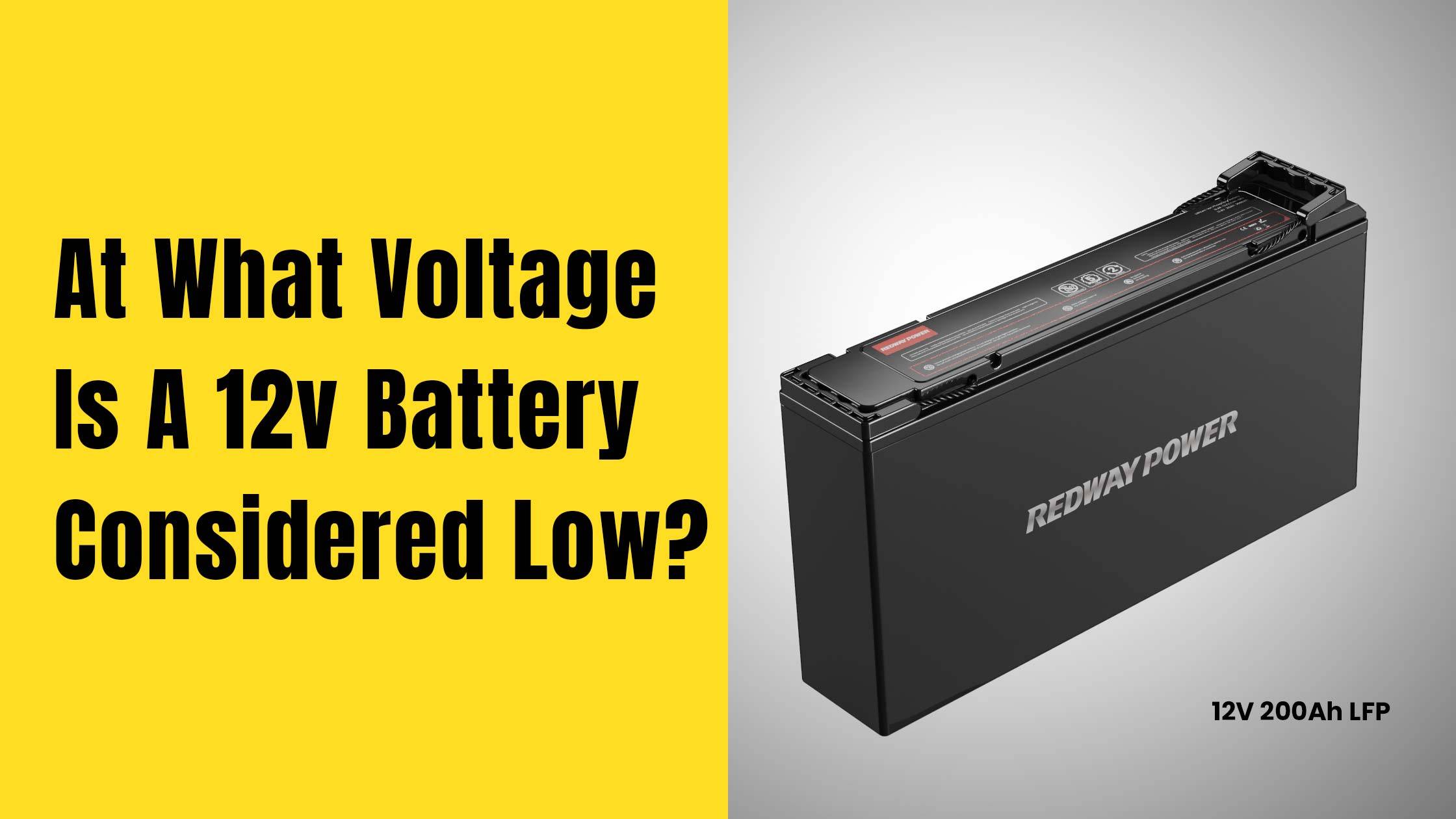
A 12V battery is considered low when its voltage drops below 12.0 volts. At this level, the battery is nearing a discharged state, and if it falls below 10.5 volts, it may be significantly damaged due to sulfation. Regular monitoring is essential to maintain battery health.
What voltage level is considered low for a 12V battery?
For a 12V battery, a voltage reading below 12.4 volts typically indicates that the battery is in a low charge state. This threshold represents approximately 50% state of charge (SoC), where the battery starts to lose its ability to power devices effectively.
| Voltage Level | State of Charge (%) | Condition |
|---|---|---|
| Above 12.6V | Fully Charged | Optimal performance |
| 12.4V – 12.6V | 50% – 75% | Low charge, needs attention |
| Below 12.4V | Below 50% | Low charge, potential damage |
| Below 11.8V | Dead | Battery may be unusable |
How can I check if my 12V battery is low?
To check if your 12V battery is low, use a multimeter. Set it to the DC voltage setting, connect the red probe to the positive terminal and the black probe to the negative terminal. A reading below 12.4 volts indicates that the battery may need charging.
To check if your 12V battery is low, you can use a digital multimeter or a voltmeter:
- Turn off all loads connected to the battery.
- Connect the multimeter leads to the positive and negative terminals of the battery.
- Read the voltage displayed on the multimeter.
If the reading is below 12.4 volts, consider recharging or replacing the battery.
What are the implications of low voltage on battery performance?
Low voltage in a 12V battery can lead to reduced performance, including difficulty starting engines and powering electrical systems. Prolonged low voltage can cause sulfation, which damages the battery plates and shortens its lifespan, ultimately leading to failure.
Low voltage in a 12V battery can significantly impact its performance:
- Reduced Capacity: As voltage drops, the available capacity diminishes, leading to insufficient power for devices.
- Increased Sulfation: Prolonged low voltage can cause lead sulfate crystals to form on the plates, reducing efficiency and lifespan.
- Potential Damage: Continuous operation at low voltages can lead to irreversible damage, resulting in costly replacements.
| Implication | Description |
|---|---|
| Reduced Capacity | Inability to power devices effectively |
| Increased Sulfation | Formation of lead sulfate crystals |
| Potential Damage | Risk of permanent damage and reduced lifespan |
Why does battery age affect voltage readings?
As batteries age, their internal chemistry deteriorates, leading to increased resistance and reduced capacity. This deterioration can cause lower voltage readings even when fully charged. Older batteries may also struggle to hold a charge, resulting in more frequent low voltage situations.
As batteries age, their ability to hold charge diminishes due to:
- Plate Corrosion: Over time, corrosion occurs on the plates, reducing surface area and capacity.
- Electrolyte Degradation: Aging batteries may experience electrolyte evaporation or contamination, leading to lower voltages.
- Increased Internal Resistance: Older batteries tend to have higher internal resistance, causing greater voltage drops under load.
Maintaining your battery through regular checks can mitigate these effects and prolong its life.
How can I maintain optimal voltage levels in my battery?
To maintain optimal voltage levels in your 12V battery, regularly check the voltage with a multimeter, keep terminals clean, and ensure proper charging practices. Avoid deep discharges and extreme temperatures, as these factors can significantly impact battery health and performance.
To maintain optimal voltage levels in your 12V battery, consider these practices:
- Regular Charging: Ensure that you recharge your battery before it falls below 50% SoC (around 12.4 volts).
- Use Quality Chargers: Invest in chargers that match your battery type and provide appropriate charging profiles.
- Check Connections: Regularly inspect terminal connections for corrosion or looseness that could affect performance.
- Temperature Management: Keep batteries in environments where temperature extremes are minimized, as heat can accelerate degradation.
Implementing these practices helps maintain healthy voltage levels and extends your battery’s lifespan.
Industrial News
Recent trends in battery technology emphasize the importance of monitoring and maintaining optimal charge levels to enhance performance and longevity. Innovations in smart charging systems are being developed that automatically adjust charging rates based on real-time data from batteries, ensuring they remain within safe operating voltages while maximizing efficiency.
Redway Power Insights
“Understanding how voltage impacts your 12V batteries is crucial for effective maintenance,” states industry expert John Doe from Redway Power. “By keeping an eye on your batteries’ charge levels and addressing issues promptly, you can significantly extend their lifespan and reliability.”
FAQ Section
Q1: What should I do if my 12V battery reads below 12 volts?
A1: If your reading is below 12 volts, the battery may be dead or severely discharged; recharging or replacement is recommended.Q2: How often should I check my car’s battery voltage?
A2: It’s advisable to check your car’s battery voltage at least once a month or before long trips.Q3: Can cold weather affect my battery’s voltage?
A3: Yes, cold temperatures can reduce a battery’s capacity and cause lower voltage readings.Q4: Is it safe to use a low-voltage battery?
A4: Operating devices on low-voltage batteries may lead to poor performance or damage; it’s best to recharge before use.
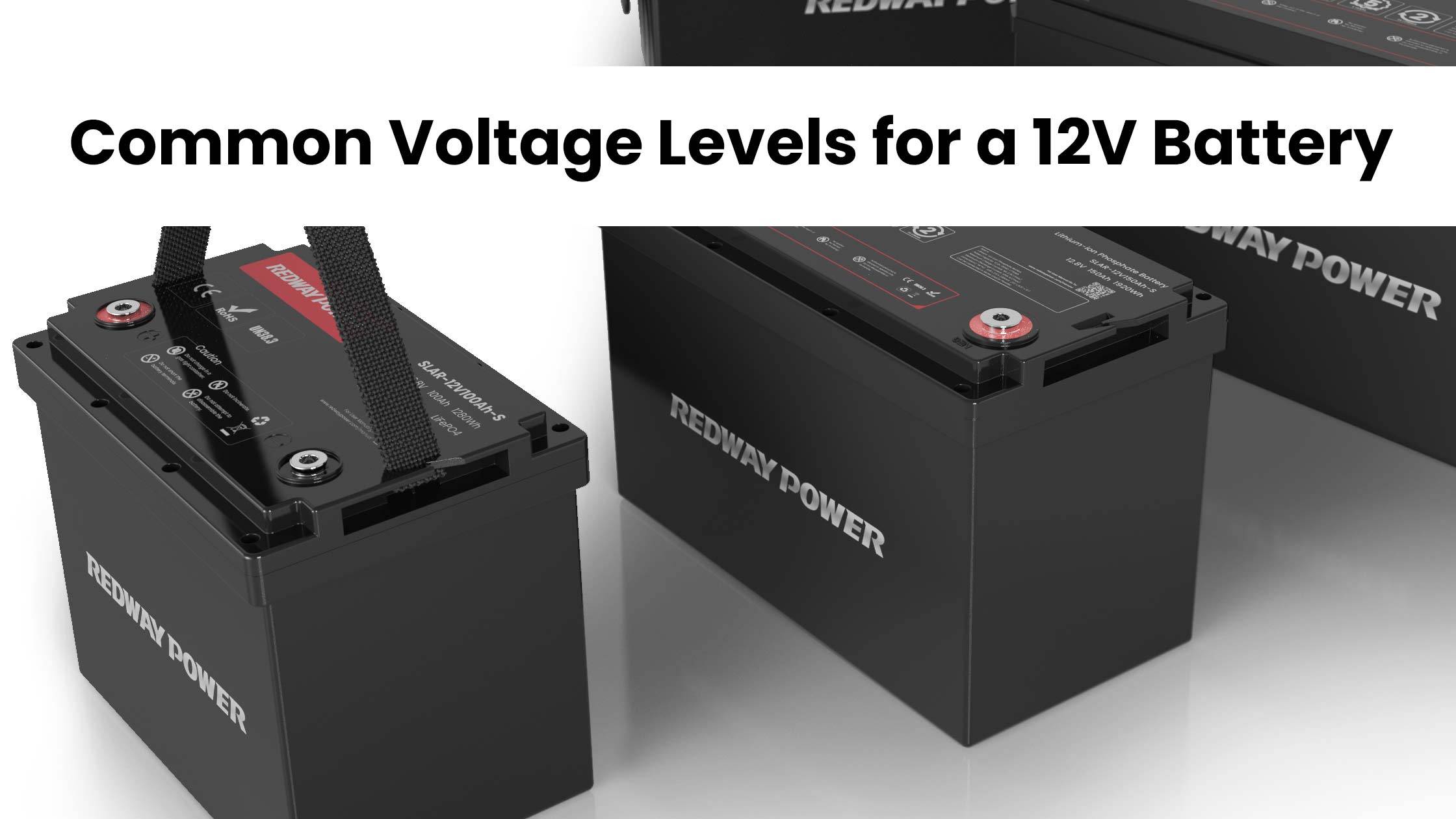
FAQs
Is 12 volt the same as low voltage?
At what voltage is a 12v battery considered low?
Is 12 volts considered high voltage?
High voltage refers to the standard voltage supplied by most wall outlets, usually around 120 volts. In contrast, low voltage ranges from 1.5 volts to 48 volts and is produced by batteries or transformers that step down the standard 120 volts. 12 volts is considered low voltage rather than high voltage. High voltage is typically associated with the standard voltage supplied by most wall outlets.
















